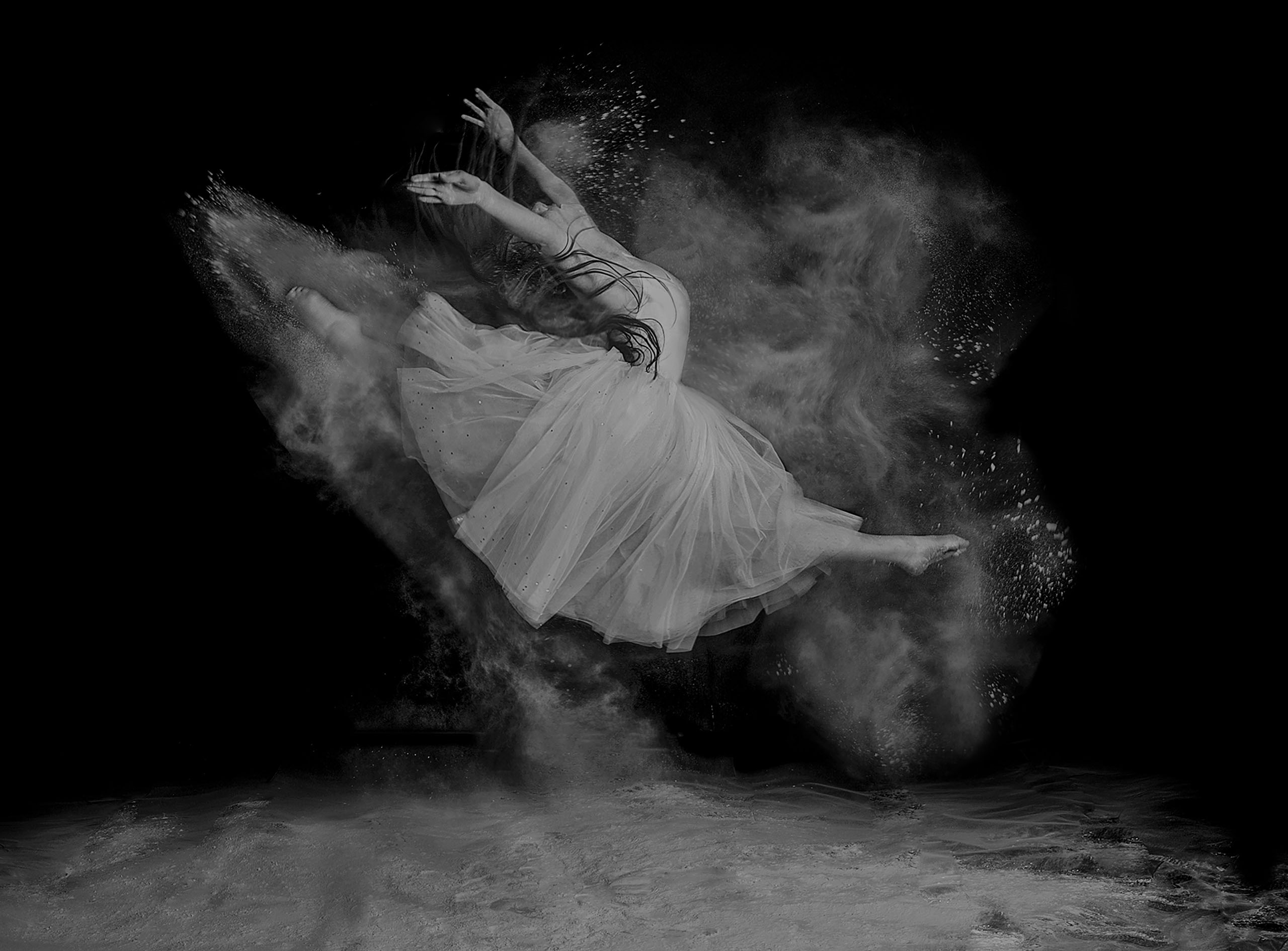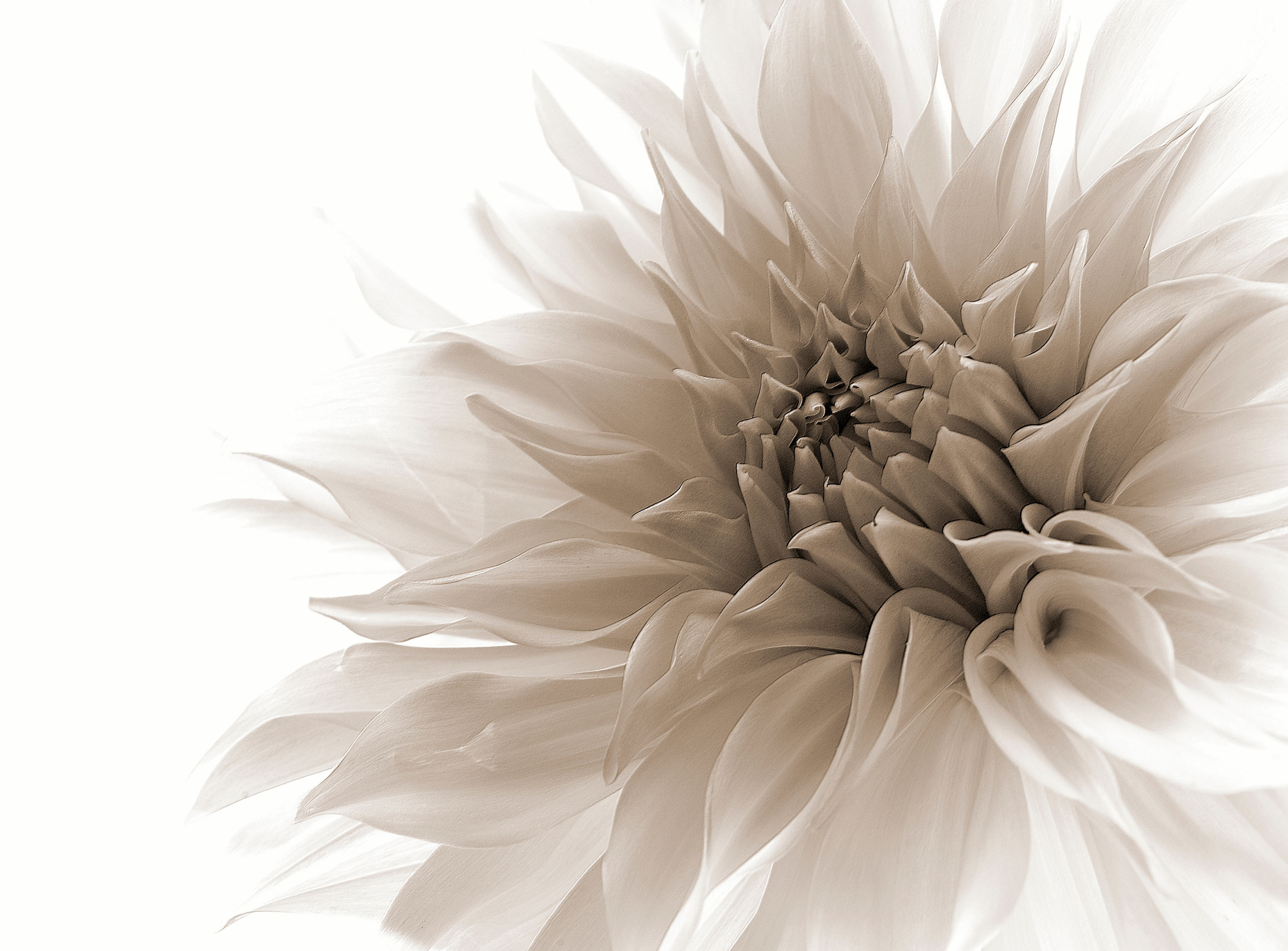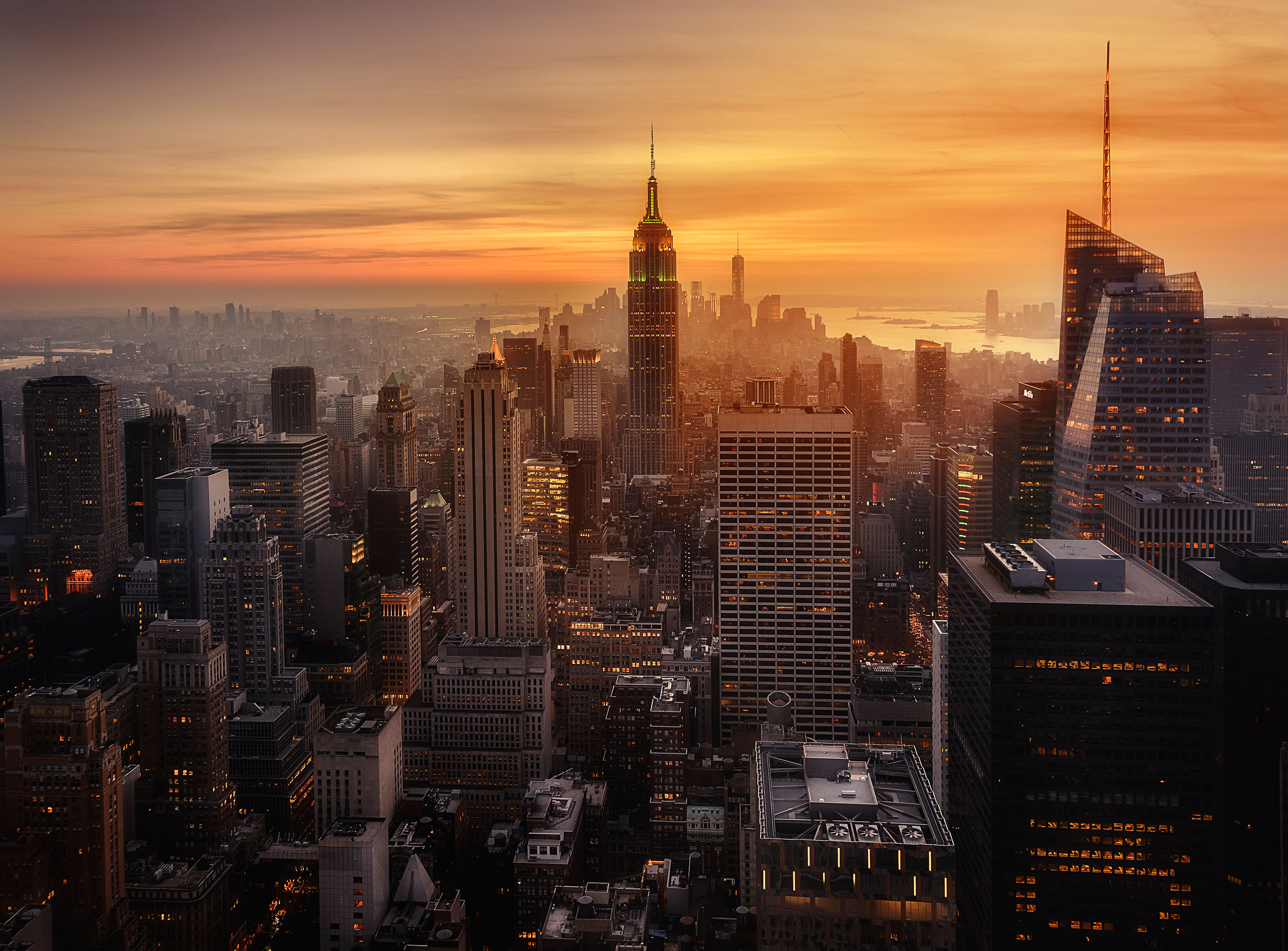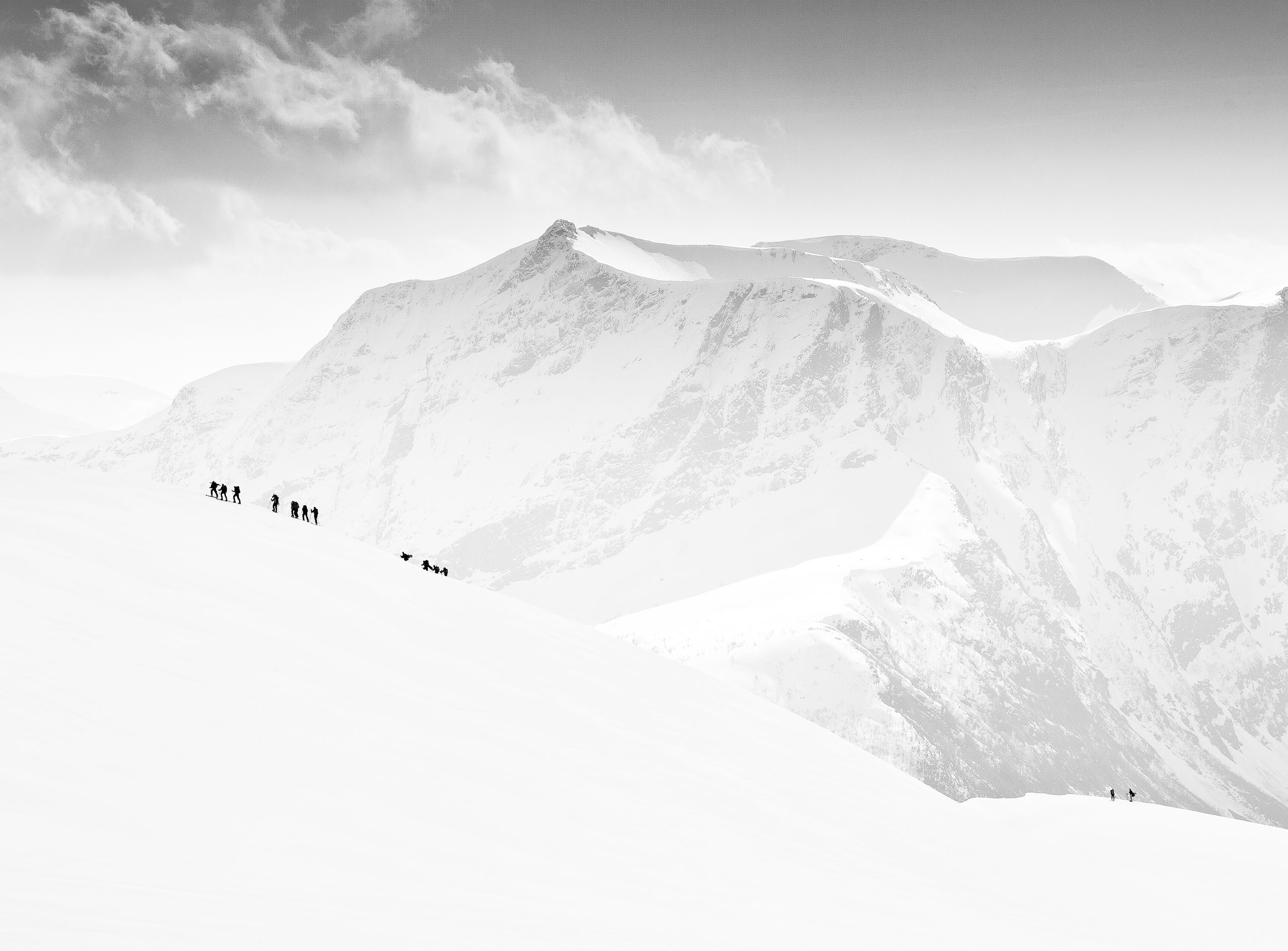SEARCH






|
|
|
|


by Editor Marius Cinteza
Edited and published by Yvette Depaepe, the 10th of February 2023
“I am not a professional photographer. I don't take photos for a living. But when I take pictures, I do everything so that the result is at professional level.” ~Marcel Rebro~
Marcel Rebro is an awarded Slovak photographer who initially began his photographic journey with a film camera, back in 1985, by capturing images of his fellow parachutists from the National Sport Center (Parachuting) in Lučenec. In 2001 he switched to digital, but shooting black and white remained the preferred choice for street, documentary or portraits. Marcel believes that a truly remarkable photograph should not only possess technical proficiency, but should also be created from the heart. The approached genres of photography correspond to his hobbies – karate, skiing, ski mountaineering, diving, (alpine) hiking and travelling. Please join me in discovering more about Marcel, the man behind the camera, and his remarkable portfolio in the interview below!
'Freeliners'
Marcel, thank you so much for accepting the invitation for this interview! To start, I would kindly ask you to tell us shortly about yourself. When and how did you start your photographic journey?
About me? Well, I'm a person who likes to explore new countries, new people, other cultures. I like talking to people, getting to know their life stories. And I take pictures of them at the same time – mainly people. I basically started taking pictures when I was 15 years old. My father bought me a Russian camera - Smena M8. At the age of 16, I started skydiving. I got into the National Center for Sports. We had a well-equipped darkroom there. I was the youngest at the time and my older colleagues willingly taught me the "magic of the red light". I took pictures of my colleagues jumping out of the plane, landing with parachutes and during ground preparation. I even tried to take pictures of my friends while free-falling. I had no helmet mount at the time. I held the camera in my hand. Rewind the film, pull the trigger, aim through the small viewfinder, expose. It was funny, but some shots were pretty good.
'Train jumpers'
For many of us photography is either a hobby or a way of life. How would you define your relationship with photography?
I am not a professional photographer. I don't take photos for a living. But when I take pictures, I do everything so that the result is at professional level. When I go to take pictures, I focus 100% on my goal. But if I don't take a picture, nothing happens. I am not bound by any contract. I don't have to bring photos at all costs. This gives me many opportunities and a sense of freedom.
'Semmering is ready to winter season'
What would be the most important experience so far that has influenced your steps in photography?
I have taken quite a few photography courses in the past. Different genres – from street, sports, landscape photography to macro photography. I wanted to know everything about the technical side of photography. I was looking for an exact recipe for a good photo. Exposure triangle, golden ratio, rule of thirds, guiding lines – these were my daily mantras.
I found out very quickly that it is not just the technique. I found that the eye is more important than the technique. To see a shot where others see only an ordinary scene. To find an angle, a composition, a light that will make an ordinary view different and interesting. I played a mental game back then. Every day on my way to work I "made" three photos (in quotes because I only exposed in my mind).
The more I travelled and met new people, the more I discovered that even the eye is not everything. That one more essence is needed for a good (documentary) photo. To get "under the skin" of the person I am photographing. To become a part of the scene, an unobtrusive part of the action. And that can only be done if the photographer is accepted as a "member of the tribe". When he becomes one of them. And for that, one thing is needed – to open your heart. The most important experience that influenced my photography was the realization that photography should be done from heart.
'Lost' in the tundra'
How do you maintain and grow your passion for photography? What motivates and inspires you?
I am not purposefully trying to maintain or develop anything. Life goes on. I will affect something, something will affect me. Whenever I come across a photo gallery or photo exhibition on my travels, I visit it. Today, the Internet and social networks are full of visual content. Ballast, average, good but also great. But a shot only becomes a photograph when it is printed and hung on the wall. I am mainly inspired and motivated by people and their lives. I will repeat myself but meeting people and getting to know their stories is what drives me forward.
'Arkadij'
You approach photography from different perspectives: karate, skiing, ski-alpinism, diving, (alpine) hiking, travel. What attracts you to this photography genres?
I mainly photograph what I experience. We are quite an active family. There are a lot of athletes in our family. My mother will be 80 this year. She cycles more than 12,000 km a year. She was a skydiver when she was younger. The brother is a triathlete. Top triathlete. He was on three expeditions in the Himalayas, standing on the top of the eight thousand. The son and nephew were in the national karate team. My brother and I have been to the World Parachuting Championships twice ... in short, we ski, cross-country, jump from air planes, dive, climb, travel ... and we have many good friends who do the same hobbies as us. Sometimes, I say with humour, that I mainly photograph my family and friends.
'Break during transfer to the new camp'
The travel component of your portfolio refers to remote but beautiful area such as Bangladesh, Tajikistan, Kyrgyzstan, Armenia, Indonesia and Nenets. Which one is your favourite location and why?
I try to look for ethnicities and places on the edge of interest. I have two “rules”: where I travel, you shouldn't be able to communicate in English and they shouldn't sell Coca Cola ;-) But seriously, I am looking for locations that are as little affected by the modern era as possible. Wherever they speak English, there will be tourists for certain. And tourists are “walking wallets” for locals. That's not my way. I am learning local languages. Often a few words, hands, and feet are enough for you to have a pretty good conversation. And above all, they treat me different when I try to speak their language. I eat what they eat. I sleep where they sleep. I am interested in their life and problems. I am one of them. I don't have a favourite place. I find kind-hearted and welcoming people everywhere.
'The new camp place is nearby'
Your travel photography is especially valuable and beautiful because it reveals the untold stories of other cultures. What do you think that makes your travel works different?
I once asked my Nenet friend (a nomadic reindeer herder in the north of Russia) if he believed in anything. In God, spirits, nature... he answered “I mainly believe in myself. Then in my family. And I also believe in you. Because you are already one of us. I know that I can rely on you in the tundra”. And that's the recipe. Not to be just a foreigner who wants to show the conditions in which they live to the world. I intentionally don't say “poverty”. It's the conditions. They didn't choose them. They do not have as many material values as people in developed countries, but they can be even richer spiritually. For example, in Tajikistan, a man's wealth is measured by the number of children. I want to understand them and tell their stories through photographs. And I want them to know, that I will write and talk about them. That there are people somewhere who are interested in their way of life.
'Jigorij'
When you shoot your photos do you plan in detail your photo trips or you prefer to explore and discover your subjects on the spot?
During my last trip to the north of Russia to photograph the Nenet, a friend from Arkhangelsk, who helps me with visas, asked me what my plan was for this year. I replied "Free style as always". I have a basic plan – a rough idea of the places I want to go. Everything else is created on the spot. It all depends on the circumstances and the people I meet. People create my stories and the direction of my journeys.
'The herd is approaching'
The portraiture side of your work is a very important one and I would like to ask you: how did you approach new people for your portraits in Armenia or Tajikistan? How do you gain trust and communicate with the people from other cultures in general?
The well-known Slovak documentary photographer Tibor Huszár once said: “First I take pictures and then I ask if I could”. That was also my modus operandi for a long time. Today I work completely differently. I start with a conversation. As I said before, I am learning local languages. I like it. For example, I speak Russian fluently. I am interested in the history and culture of the country I am visiting, its current problems. Those are good topics to talk about. I usually start taking pictures only when we get to know each other. When they don't treat me like a foreigner. When we talk about Armenia or Tajikistan – almost every photo there cost me lunch. The lunch I had to eat. People in these countries are very friendly and hospitable. Here in Europe, people often tell me that they don't have such experience with locals. I really don't know. They must be going to the wrong places. I'm not saying bad places. Just wrong. Because there are fortunately few really bad places in the world. Or they behave a little different. I say “What you give is what you get”. That's the motto. Talk, communicate, smile, don't push your luck. If it doesn't work, it doesn't work. I don't have to have a photo at all costs.
'A girl from the settlement of Chumorygung'
Among the last photos published on 1x.com are the ones from the remote northern area of Nenets. Can you please describe this project and the idea behind it?
I once photographed in a slum in Bangladesh. In the evening, I complained to my friend – a photographer, that many people wanted money from me for taking pictures. Because some photographers were already there and they paid them for the photos. That friend - Garik Avanesian told me about Nenet for the first time. About the north of Russia, where I will definitely not meet a foreign photographer. And how to do that? Simply. Garik knows Tanya in Arkhangelsk. Tanya has a travel agency and will arrange my visa. Tanya has a sister Marina, a journalist who writes about Nenet, in the north in Mezen. And Marina knows Alexander, who lives in the village of Karyepolye, where one of the Nenet brigades has its winter camp. So I went there the first year with a friend – a photographer. We didn't know what was waiting for us. But we “survived”. I came back a year later. This time alone. And then again. Alone yet again. I travelled on a sledge with a Nenet across the tundra. I lived in a tent at -50°C. I ate raw reindeer liver, raw reindeer meat. I exchanged my polar clothing for a traditional "malitsa" made of reindeer skin. I hunted wolves. I killed to survive. I became a "member of the tribe". I can't go there this year. Because there is a war. But someday the madness will end. And I will return to the north again.
'Frozen ride in tundra'
I’m sure that many of the beginners would like to follow your way and tell their own visual stories of the places they are travelling in. What is your advice for them? What would be the required qualities of a successful photographer in this domain?
Be nice and friendly. Talk to people. Try to learn their language. Ask and listen. Listen carefully. Open your heart. Everything else will come by itself.
'Fast and furious'
Marcel can you please tell us something more about your workflow? How much effort do you put in the post-processing stage?
In my opinion, a photo is created in the field, not on a computer. I can't use Lightroom. I save photos on disk in directories by day and place.
I have one BW preset that I once created. I apply it to most of my BW photos. At least I will adjust the parameters according to a specific photo. One or two minutes and the photo is ready. If not, then I made a mistake on the spot and I won't fix that on the computer. I have another colour preset for Nenet photos. I think it's just desaturation and reduced white to prevent overexposure. And one “retro” preset for colour photos from the “countryside”. That is all. I like to take pictures. I don’t like to sit at the PC and develop photos.
'Ascent to heaven'
Many are of the opinion that the gear is not very important when the passion for photography is strong. However, can you please share with us what is the gear you use (camera, lenses, etc.)? What are camera and lenses used in the extreme temperatures of Nenets?
I used to use a full frame DSLR. They had a great output but were big and heavy to travel with. That's why I switched to micro 4/3. I use Olympus cameras. Actually OM system as they are called now. They are small and compact. I know what I can expect from them. And the company will always provide me with equipment according to the needs of a specific expedition without any problems. OM-D cameras survived and worked even at -50°C, though I could not see anything on the display because it froze. I didn't really know whether I had taken a picture or not, because my fingers were frozen to the marrow. But they took pictures. It is important. Although I changed the batteries every few minutes. But when I put them close to my body and they warm up, they continue to work. At temperatures above -25°C, it's completely comfortable. For the cameras and for me. I also use drones for aerial photography. DJI. Currently Mavic Pro 2. For them, it is worse with regards to the batteries. Also with fingers. When I stand still and do not move, the cold is more intense. Batteries and fingers only last a few minutes. But the shots are worth it.
'Young lady from Dzoravank'
What is your favourite photo taken by yourself and why it is special to you?
I read somewhere that a photographer takes seven good photos in a lifetime. I think I still have some work to do. Of course I like some of my photos. Especially those to which I am bound by some emotional bond or experience. It is often difficult for the author to detach himself from the photograph and look at it through the eyes of a independent viewer. Through the eyes of a person who was not there. The photo should tell the story by itself. Without information about the circumstances of its origin.
I like “Break” from the beach in Malinda, Kenya. It took a week before the guys playing rugby on the beach started to ignore me and treat me as part of the field. During the “Freeliners” photo shoot, the battery in the drone failed and I had to climb the opposite hill from where I took the shot with a telephoto lens. When I exposed “Frozen ride in the tundra” I knew that this shot would be really good. Likewise, “Train jumpers” in Bangladesh. In short, they are moments that will never happen again. You can be in the same place, under the same conditions. But that shot is simply unique. Many times I tried to make a “remake” of one of my photos. It never went as well as it did the first time.
'Break'
Marcel, you joined the 1x community a long time ago, in 2010. Where did you first learn about 1x and why do you think 1x is different?
We were discussing global photo portals in our local photo club. Someone there mentioned a portal where only photos selected by the curators are published. I was interested. I searched 1x and uploaded my first photo there - "Kiae". My son Marcel (as usual) is captured on it during Suparinpei kata practice. It caused a stir in our photo club. I was the first to have a photo on 1x. And what makes 1x different? Precisely the way of selecting and publishing photos. I'm sure we'll find only good photos here. I have favourite authors here. Often when I talk with someone about a genre that I don't photograph, I refer to one of the authors on 1x.
'Fishermen kids'
Now, since we almost reached the end of this interview, I would kindly ask you to share with us your plans or photographic projects you would like to be involved in.
Now, I am flying to Bangladesh in January. After a break caused by the Covid pandemic, Bishwa Itjema, the annual gathering of Muslims in Tonga, will be held there again, on the banks of the Turag River, on the outskirts of Dhaka. Next, probably Armenia in late spring and then Tajikistan in June. I like to go back to places I've been before. When I bring the developed photos to the locals, it is the greatest satisfaction for me.
'Escape'
'I don't want to stay at home!'
'Shepherd beyond The Seventh lake'
'Close encounter'
'Locked at home'
'Babushka Sonya from Katnaghbyur'
'Visit'
'Sitting on the tree'
'A walk in the smoke'
'Alone'
'Morning hygiene in Dhaka slum'
'Pipe workshop'
'Girl in a train window'
'Fisherman's kids'
'Ferryman'
 | Write |
 | Md. Arifuzzaman Dear Marcel, I read your interview and came to know you and your vision of photograph. Loved your every enigmatic photographs. What more strike that is your vision and opinion, thoughts of you. The way you discover photographs that really impressed me. I totally agreed with your every words. You have huge experience for long time. You do it from your passion thats why your every photographs open our eyes......Congratulations. May Allah give you long and healthy life. |
 | Dusan Ignac PRO Gratulujem. Zase som sa niečo o tebe dozvedel :) |
 | Iris Wiener PRO Superb Marcel. I really admire you as a person and a photographer!,, |
 | Pang Teng Lin PRO Fantastic capture with a big heart. Thank you for sharing- very inspiring . |
 | VéroniqueS PRO La passion et la patience dans la découverte de l’ailleurs, le respect et la curiosité dans la découverte de l’autre, un coup d’œil
Sur et bienveillant , magnifique portfolio ! |
 | Thierry Dufour PRO Splendid interview with a talented photographer, thank very much Marius and a big congratulations to Marcel !!! |
 | Ingrid Van Damme Wonderful stories , Thanks for this Great interview , grtz Ingrid |
 | Martin Kucera AFIAP AZSF PRO Krásny súhrn. Nice summary. |
 | Elena Raceala CREW Wonderful stories in your world, Marcel! Great interview, Marius! |
 | Ľubomir Pašinský Super chlape! :) |
 | Eduardo Blanco García PRO Excelente. Me encantó esta entrevista |